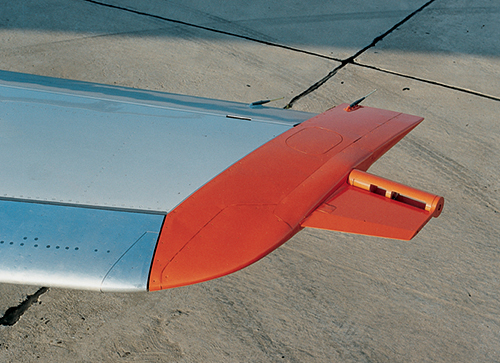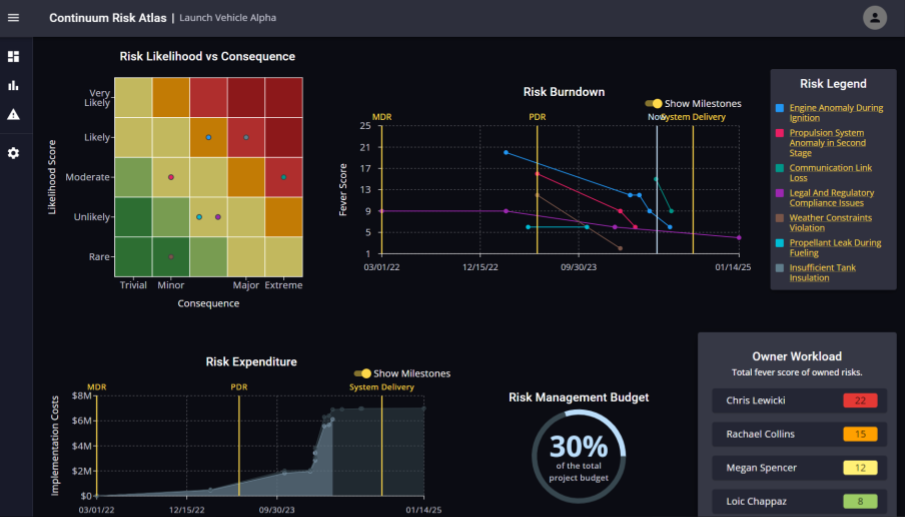Aircraft Flutter Testing
A slogan for Dynamic Engineering Inc. (DEI) is "mobilizing minds and materials in research and development for land, sea, air, and space." That blend of talent and technology came together in 1972 to establish DEI of Newport News, Virginia. The core of early work by the company was building aircraft models for wind tunnel testing at Langley Research Center.
During his 34-year employment at Langley, Wilmer Reed gained international recognition for his innovative research, contributions and patented ideas relating to flutter and aeroelasticity of aerospace vehicles. In the early 1980s, Reed retired from Langley to join the engineering staff of DEI. While at DEI, Reed recognized the need to increase the safety and minimize the cost and hazards associated with aircraft flight flutter testing. He thus conceived and patented the DEI Flutter Exciter, now used world wide in flight flutter testing of new or modified aircraft designs.
The Flutter Exciter system provides dynamic force input to stimulate structural vibration modes of an aircraft in flight, and through all its flying conditions. This innovative product generates programmed sinusoi dal forces at controllable frequencies, amplitudes, phases and sweep durations. By inducing these forces, structural vibrations on the aircraft can be damped.
The DEI Flutter Exciter is controlled directly by the pilot/operator through a digital Cockpit Control Box and Avionics Box electronics and software. The Exciters are powered by DC servo motors through interconnecting cables. Small fixed vanes are mounted at the wing tips and tail tips of an aircraft.
When activated, the DEI Flutter Exciter alternately deflects the airstream upward and downward in a rapid manner, creating a force similar to that produced by an oscillating trailing edge flap. Because the system runs on very little electrical power, rather than tapping into an aircraft's hydraulic system, several benefits are realized. Among them, because the DEI flutter components are a "strap-on" type of hardware, cost and complexity of fitting the system on the aircraft can be lessened. The DEI Exciter is readily adaptable to a variety of aircraft. It is effective on all fixed wing and rotorcraft applications, from single-seater to airliner-sized vehicles.
DEI sub-scale flutter exciters are also available to incorporate into wind tunnel flutter models, permitting an aircraft builder to pre-qualify a vehicle design.
In recent years, DEI used its skills to fabricate a complete set of fan blades for the National Transonic Facility (NTF) at Langley. DEI has applied its ideas on suspension techniques to NASA work on large, flexible space structures. More than 1,000 tasks have been completed for Langley alone. Employed by NASA Ames-Dryden, the employee-owned group was also contracted to work on NASA's F-16XL flight test program.
Twenty-five years after creation, DEI has grown to several hundred employees with $20 million in annual sales and has expanded its aerodynamic analysis tech niques to justify its company claim: "Where imagination takes shape."

Dynamic Engineering Inc.'s Flutter Exciter mounts at the wing tips and tail tips of an aircraft to damp out structural vibrations.













